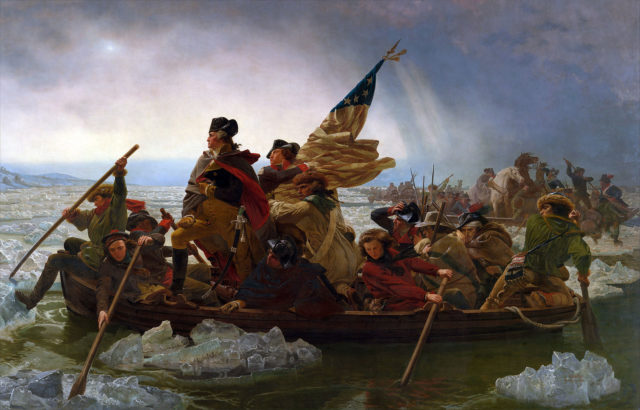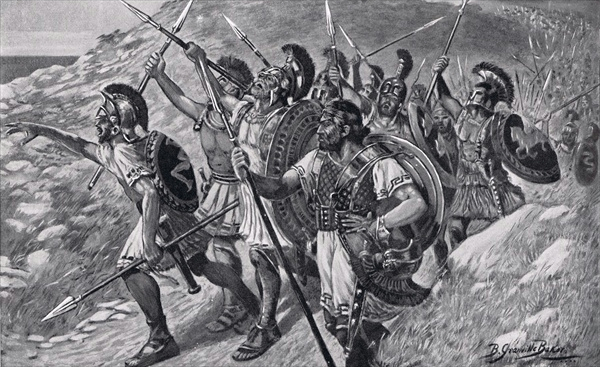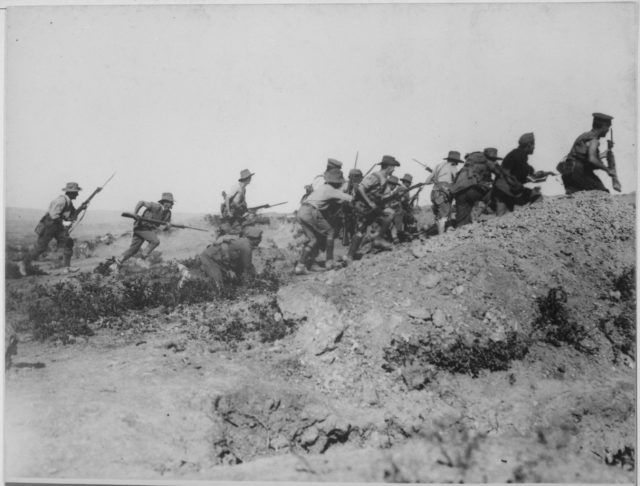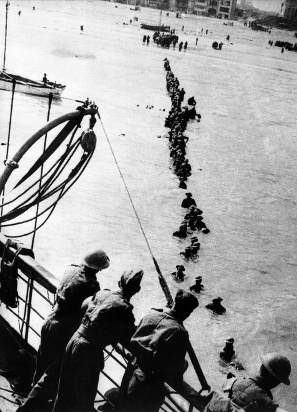On the surface the retreat of an Army has always been seen as a cowardly act or a defeat, to say the least, however, in reality, the retreat is as much a part of a tactical warfare as a head on assault. Generals throughout history used the retreat tactic to either escape certain obliteration or buy time to mount a better attack soon after the escape. Following are some of the famous tactically significant retreats of recorded history.
Washington’s Army Escapes British Siege

Soon after the declaration of Independence was signed General George Washington and his 9,000 men Army was besieged by British amphibious assault. In July 1776 George Washington failed to anticipate the British advance and following the crushing defeat in Brooklyn had to devise a way to save his men. The British attack on Long Island was sudden and British General Sir William Howe decided to siege Washington’s troops and fight to the last bullet. Washington quickly realised that a fight could have a deadly consequence for his men, so he decided to conduct a controlled retreat. Soldiers were ordered to assemble as many flat-bottomed boats as they could, and slowly started sending his men out of Island while giving the British an impression that men are still under siege. In the last stages of evacuation, divine helped arrived and Washington’s side of the Island was engulfed with thick golf, providing perfect cover to the escaping men. By the time British General realized what had happened under his nose, all 9,000 Continental soldiers had successfully escaped the siege.
The March of Ten Thousands

In an attempt to overthrow his brother a Persian prince Cyrus the Younger gathered a mercenary army of some ten thousand men to mount an attack on Baghdad. In the year 401 B.C, Cyrus’s band of mercenaries arrived in Baghdad and fought against the army of King Artaxerxes II. Cyrus fought gallantly along with his brave men, however, he was later killed and his army had to make a run for their lives. According to an ancient historian and soldier Xenophon who wrote an account of the retreat in his legendary work ‘Anabasis’, mercenaries were expected to either disperse or turn on each other, however, they did exactly the opposite. After finding themselves stranded in the enemy territory, they decided to choose a new leader and fight their way out of Persia. The journey was long and littered with dangers, as Persian Army followed them and local tribesmen loyal to Persian King were told to raise arms against the mercenaries. Despite the predicament, the men trek through Persia for nine months and reached the Black sea, almost three-quarters of the original mercenary army successfully returned to Greece.
The Gallipoli Retreat

In an attempt to crush the Turks head on, Allied forces in during the First World War mounted an invasion on the beach of Gallipoli peninsula, heavily guarded by Ottoman guards. The allied forces constituted of British, Australian and New Zealand troops did not expect the fierce opposition, and were stranded just a few hundred yards from their landing point on the beach. Realizing that the advance was not possible, allied forces adhered to trench warfare effectively waiting for the right opportunity to further push their way into Gallipoli. However from April to December 1945 allied forces sat on the beaches occasionally engaging in gun battles with Turkish guards but failed to come up with an invasion plan. In December, the decision was made to evacuate. Undoubtedly the invasion of Gallipoli was perhaps the biggest allied disaster in the First World War; their evacuation plan was what gave Gallipoli a respected place in the history books. Soldiers were ferried out of the Island in small bands leaving behind erected tents and burning fires to give an impression to the enemy that troops are still waiting in trenches. Courtesy a well thought-out plan allied troops escaped the Gallipoli death trap with the only handful of causalities, however, the total death toll mounted to some 200,000 deaths.
Operation Dynamo – The Dunkirk Evacuation

Failing to predict the strength and dedication of Hitler to extend the Blitzkrieg into mainland France, allied troops found themselves stranded on the beaches of Dunkirk facing a certain doom. The staggering number of troops, almost 400,000 able men, demanded a concrete plan of either fight or flight. Allied generals half-heartedly decided to conduct an ambitious evacuation plan and Britain was given the command to carry out the retreat which was later known as the ‘Miracle of Dunkirk’. British Navy and Army gathered all vessels they could and encouraged the locals to chip in, the final rescue armada consisted of 900 big and small ships heading through heavily mined English Channel towards Dunkirk. The initial plan was to evacuate 4500 men in two days, as Luftwaffe’s heavy presence in the air meant a heavy loss on the ground and in the waters. However while RAF engaged in fierce dogfighting above, the evacuation mission successfully evacuated most of the stranded troops leaving behind only 4500 men who were captured by advancing Nazi Army. The Dunkirk evacuation have since been hailed as a victory rather than a retreat as the men rescued in the mission played a crucial role in the later days of the Second World War.
